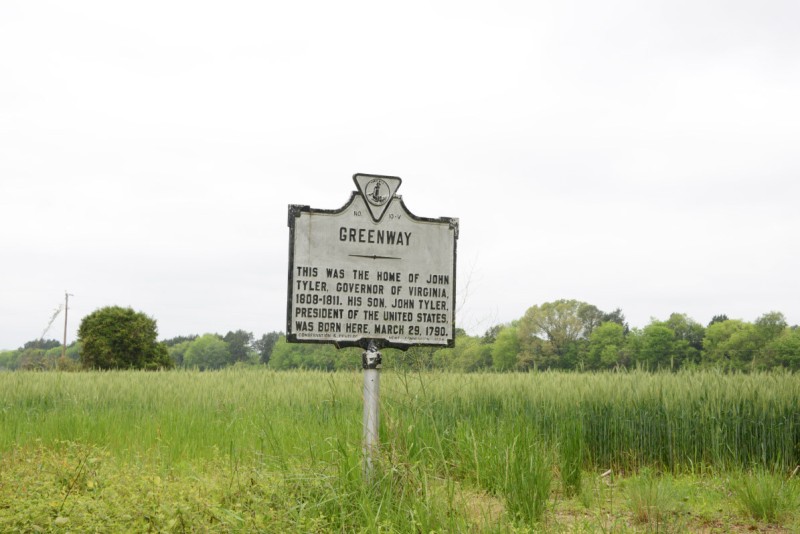
John Tyler was William Henry Harrison’s vice president, and he became president when Harrison died one month into his first term. Like Harrison, he was Tidewater gentry, born just a few miles down the road from William Henry Harrison’s birthplace, Berkeley Plantation, at Greenway Plantation.

The six-room house, with outbuildings, was built around 1776, by his father, who was a former college roommate of Thomas Jefferson, and a Governor of Virginia. John Tyler was born in the house in 1790, later attending school at the College of William and Mary, 25 miles away.
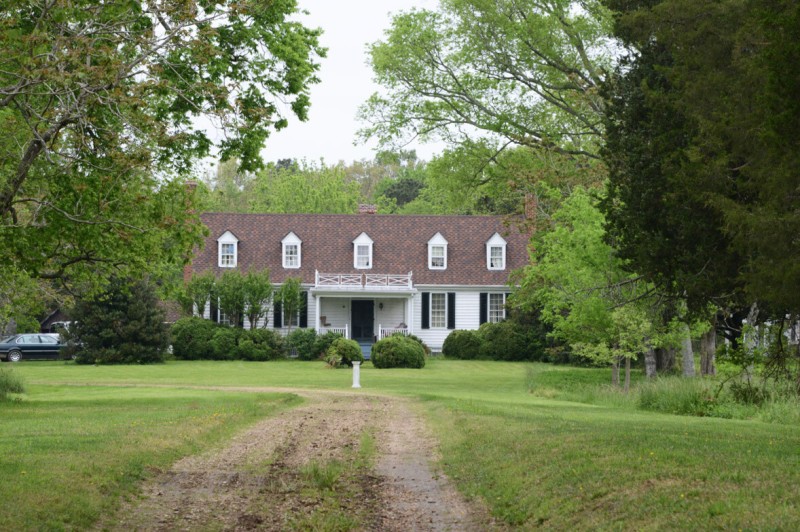
He became a lawyer, and began working his way up the political ladder. After his father’s death in 1813, Greenway was sold. In 1821, John Tyler bought it back, and lived there for eight years with his wife, while he served as the state governor, like his father.

In 1829, he sold Greenway (which remains a private home to this day), and later moved to a larger plantation, a few miles away, which he renamed Sherwood Forest. This was his principal residence for the rest of his life.
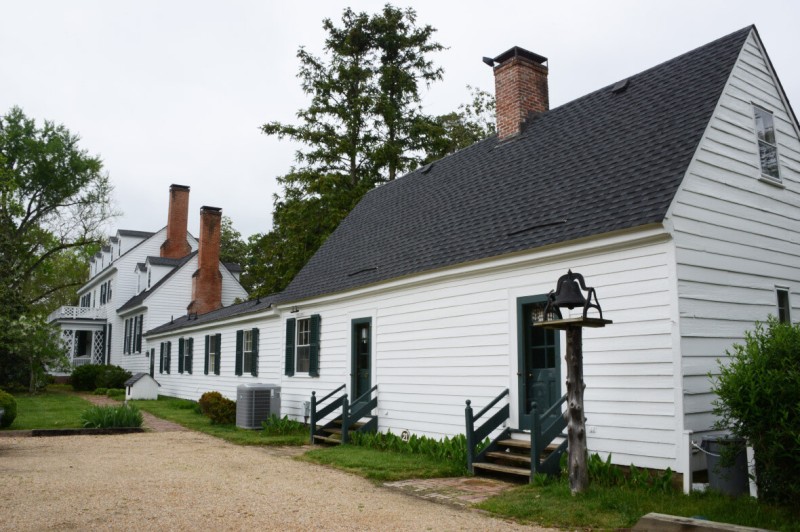
The original frame house dates to 1780, with parts as old as 1720. He expanded it by adding separate wings symmetrically extending from the main house, until it was 300 feet long, but only one room deep. One of the wings was a long empty hallway so his youthful wife could dance the Virginia Reel.
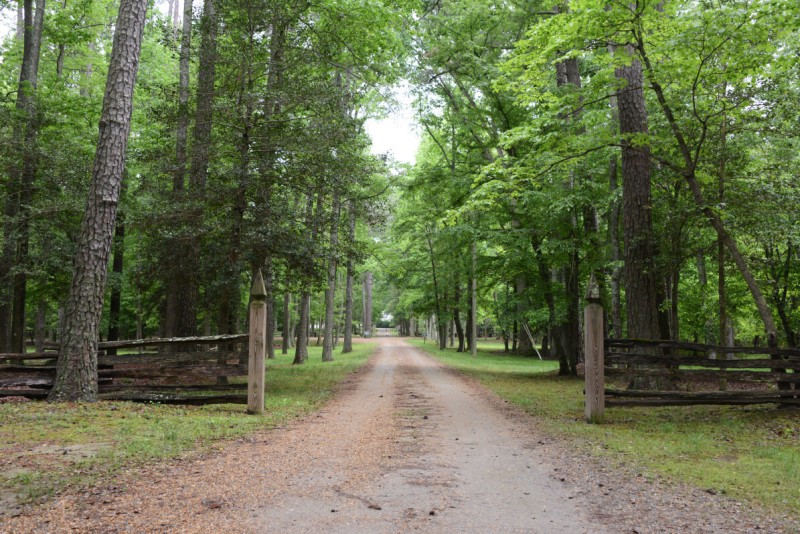
Over his life, Tyler had fifteen children, by two wives. His second wife was less than half his age when they married, and he had his last child with her when he was 70.
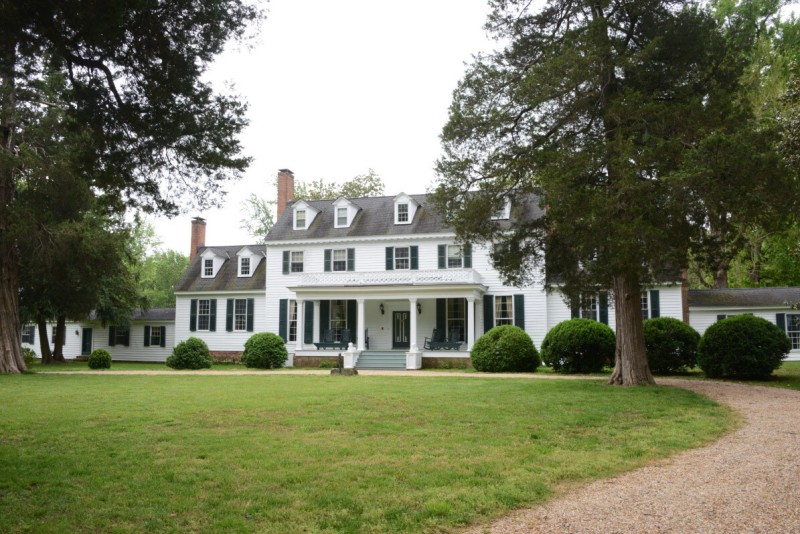
The plantation is still owned by his family, and the current occupant, Harrison Tyler, is John Tyler’s grandson. Harrison’s father, John Tyler’s son, was 75 years old when Harrison was born in 1928.
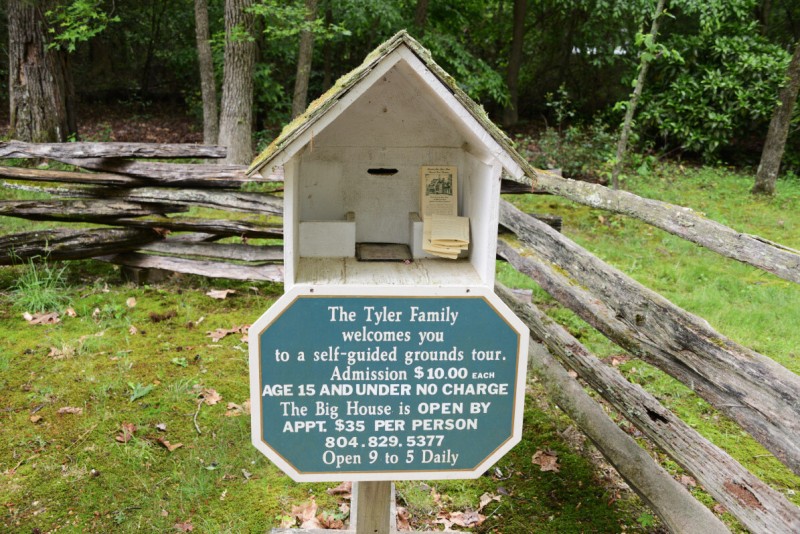
Though privately owned and occupied, the plantation is open to the public. For a fee, currently $35, visitors can tour the house, often guided by Harrison Tyler, the president’s grandson himself.
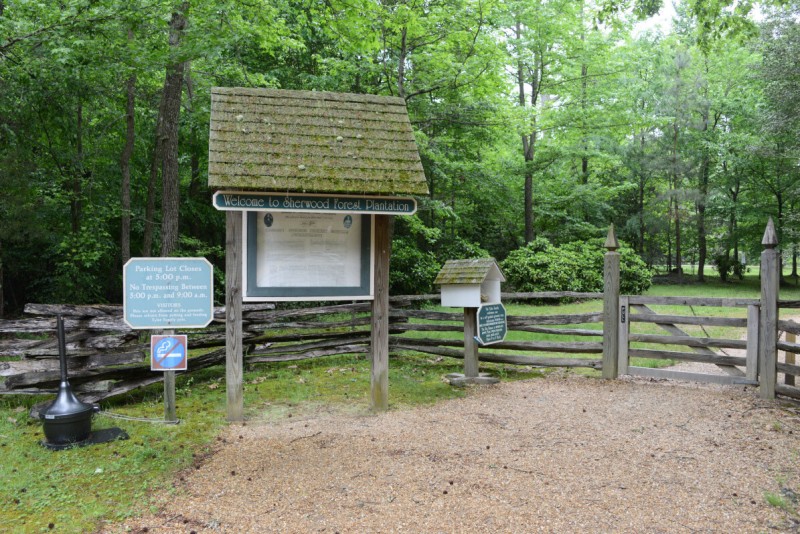
The rest of the grounds are open for self-guided tours, using a tour leaflet available at the gate, with 21 individual numbered stops.

The first stop is the pet cemetery, where the family has interred their favorite dogs, cats, goats, and horses, since 1845.
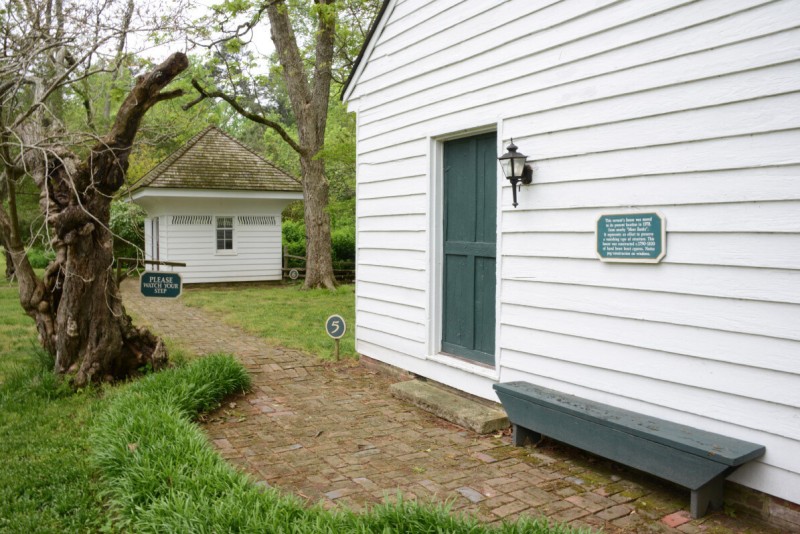
Other stops include outbuildings used to house some of the dozens of slaves and servants at the plantation, and provide places for them to work, such as the milk house, smoke house, and garden houses.
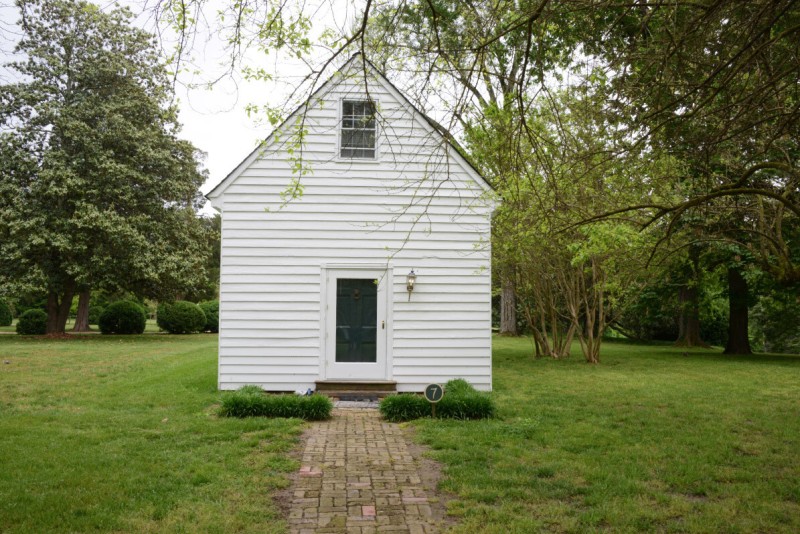
One slave building, the garconnier, or young man’s quarters, was converted into Tyler’s law office.
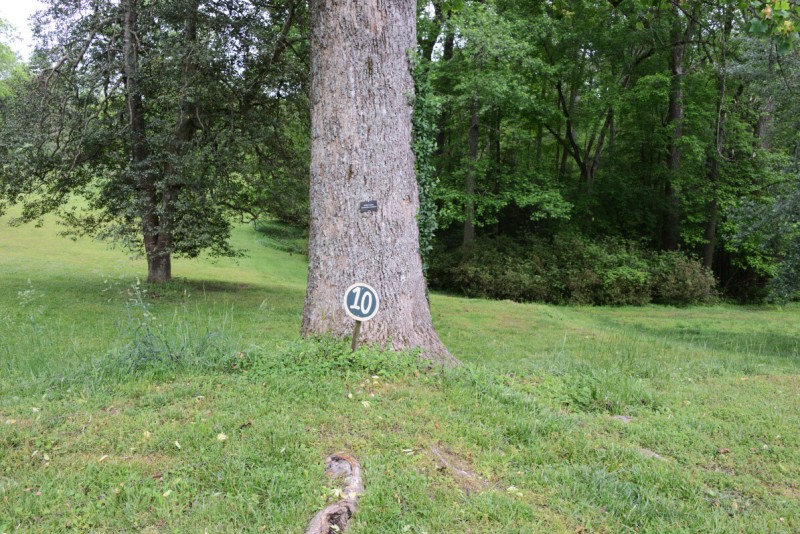
Historic trees.
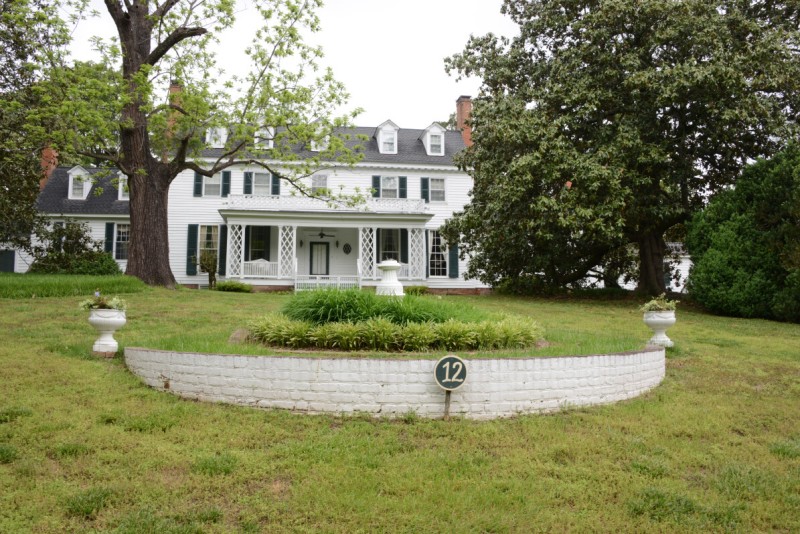
Formal garden features designed by Tyler’s wife.
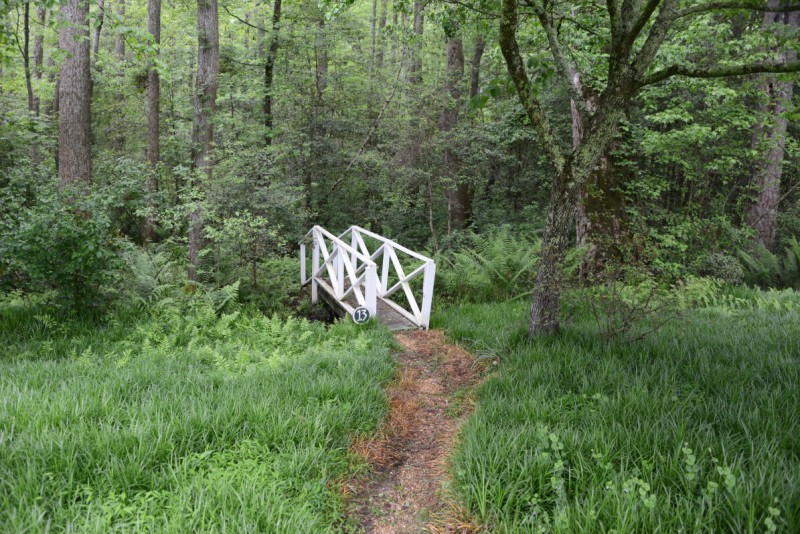
One stop is a swamp in the woods, since this is Tidewater, near the James River, and pits and trenches were dug to drain the land.
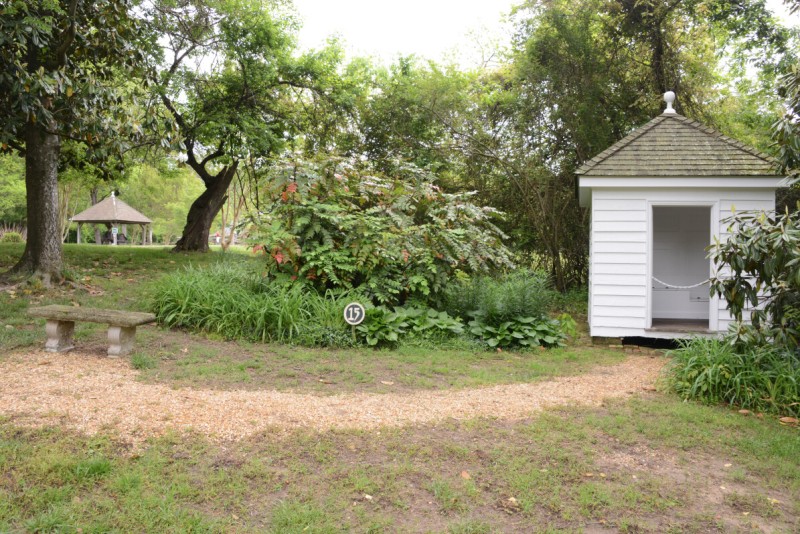
The well-sited outhouse, or necessary, sat on pylons so it could be moved when cleaned.
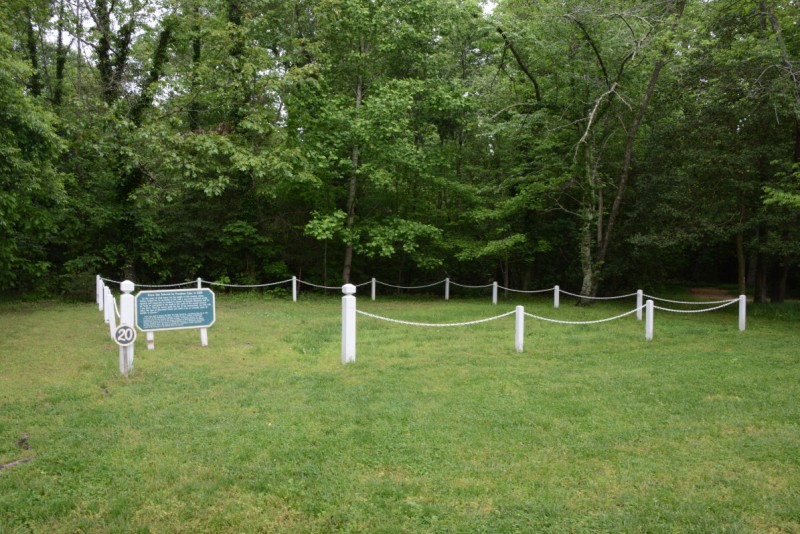
One of the last stops is the plot where John Tyler wanted to be buried. He died in a hotel room in Richmond, in 1862, during the Civil War, and Sherwood Forest was occupied by Union Army. Since Tyler was a Confederate, his body could not be brought home.
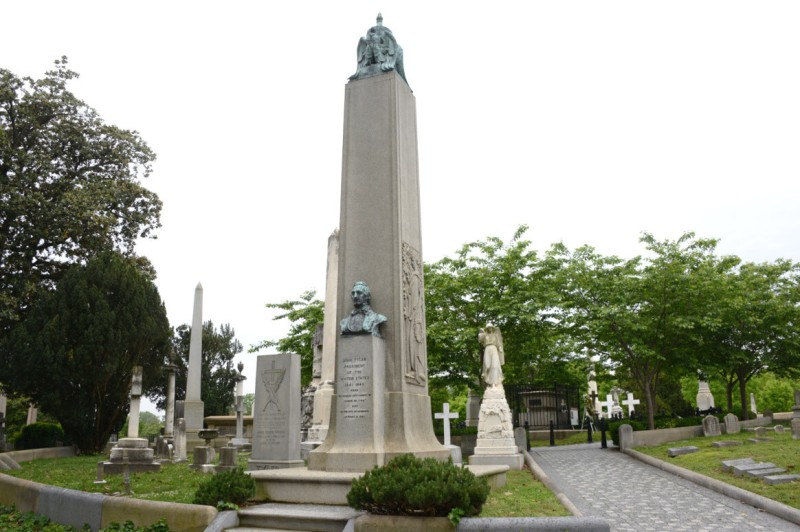
Because he sided with the Confederacy, his death was not officially recognized in Washington. Instead, his coffin was draped in a Confederate flag, and he was buried in Richmond, in the Hollywood Cemetery, overlooking the James River, near the ornate tomb of the fifth president, James Monroe.
